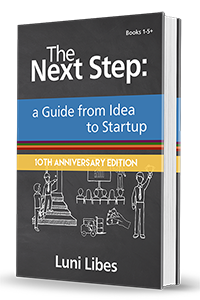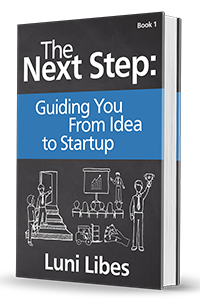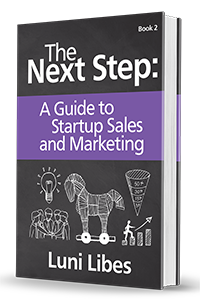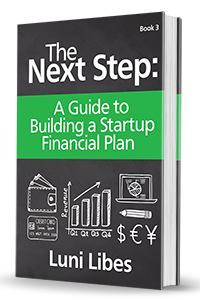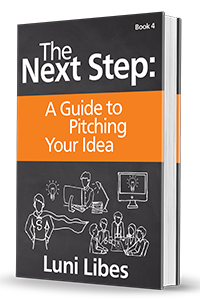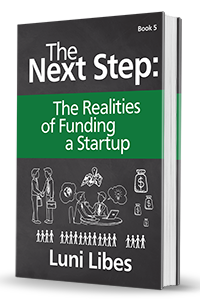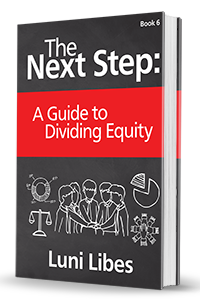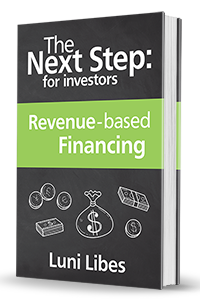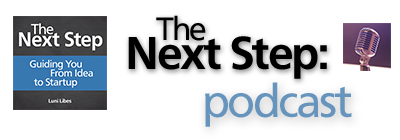
Entrepreneurship comes in waves!?
Snowed in, I finally finished Capitalism in America: A History, yet-another a book I stumbled upon at my local library. This one in the “new book” stack, which caught my eye both from the title as well as the co-author, former Chairman of the Federal Reserve, Alan Greenspan.

The book does live up to its title. It’s an easy-to-read economic history of the U.S. from the Civil War up to the 2016 election. My only complaint is that it included few novel insights or ideas.
My biggest take-away is a pattern that Greenspan failed to point out. There was a flurry of entrepreneurship between the end of the 19th Century though the start of WWI. Many companies we think have been around forever were started in the last 150 years: GE, AT&T, Proctor & Gamble, US Steel, Ford, GM, IBM. There was then a lull of entrepreneurs due two world wars and a Great Depression which continued on through the 1950’s and 1960’s.
The U.S. doubled its GDP in the three decades after WWII. Between 1945 and 1975 the country creates suburbs, shopping malls, grew the world’s largest middle class, and thanks to TV, interstate highways, and containerized freight the established pre-war companies grew to be multi-national behemoth conglomerates. Meanwhile, few new companies were started that scaled up to significant size.
It wasn’t until the end of the stagflation of the 1970’s and early 1980’s that entrepreneurship returned at scale. Microsoft and Apple were a bit early in that trend, founded in the late 1970’s and public in the 1980’s, a decade before venture capital took off as an industry with billions of dollars of investments creating hundreds of billions of dollars of company revenues
Greenspan ends the book lamenting about the stagnation in America’s economy, the rise of China, and in general is pessimistic about the future. I finished the book wondering when this latest wave of entrepreneurship might end, what might cause it, and as an optimist whether instead of stagnation we’re simply at the top of the latest S-curve waiting for the next wave of innovation to start.






